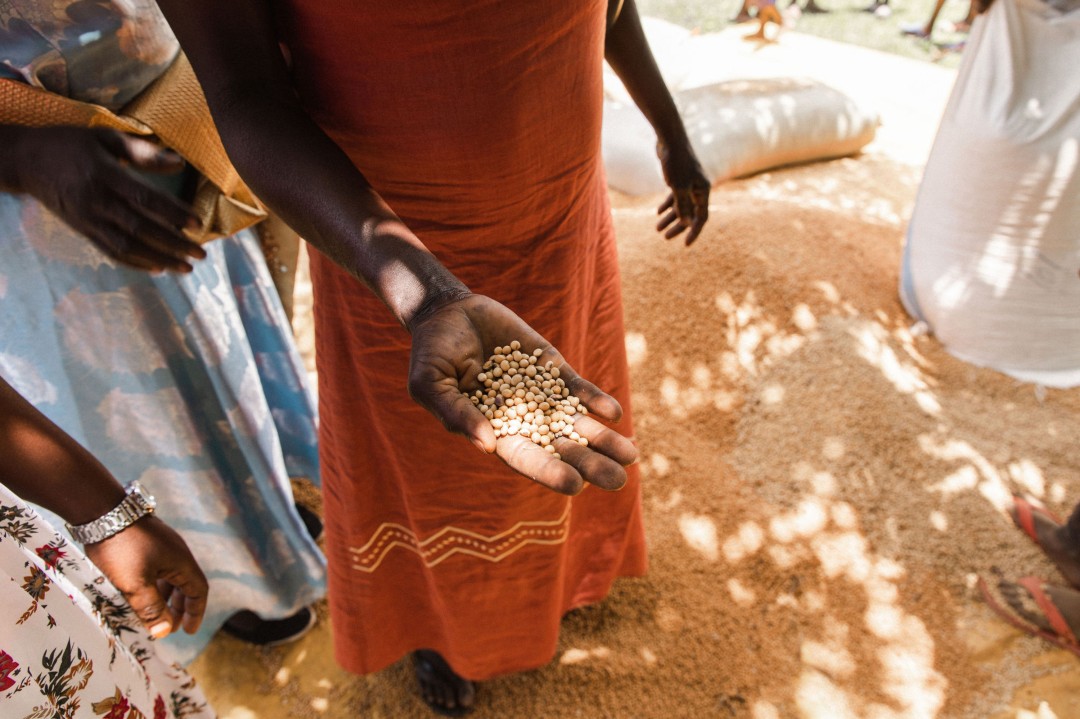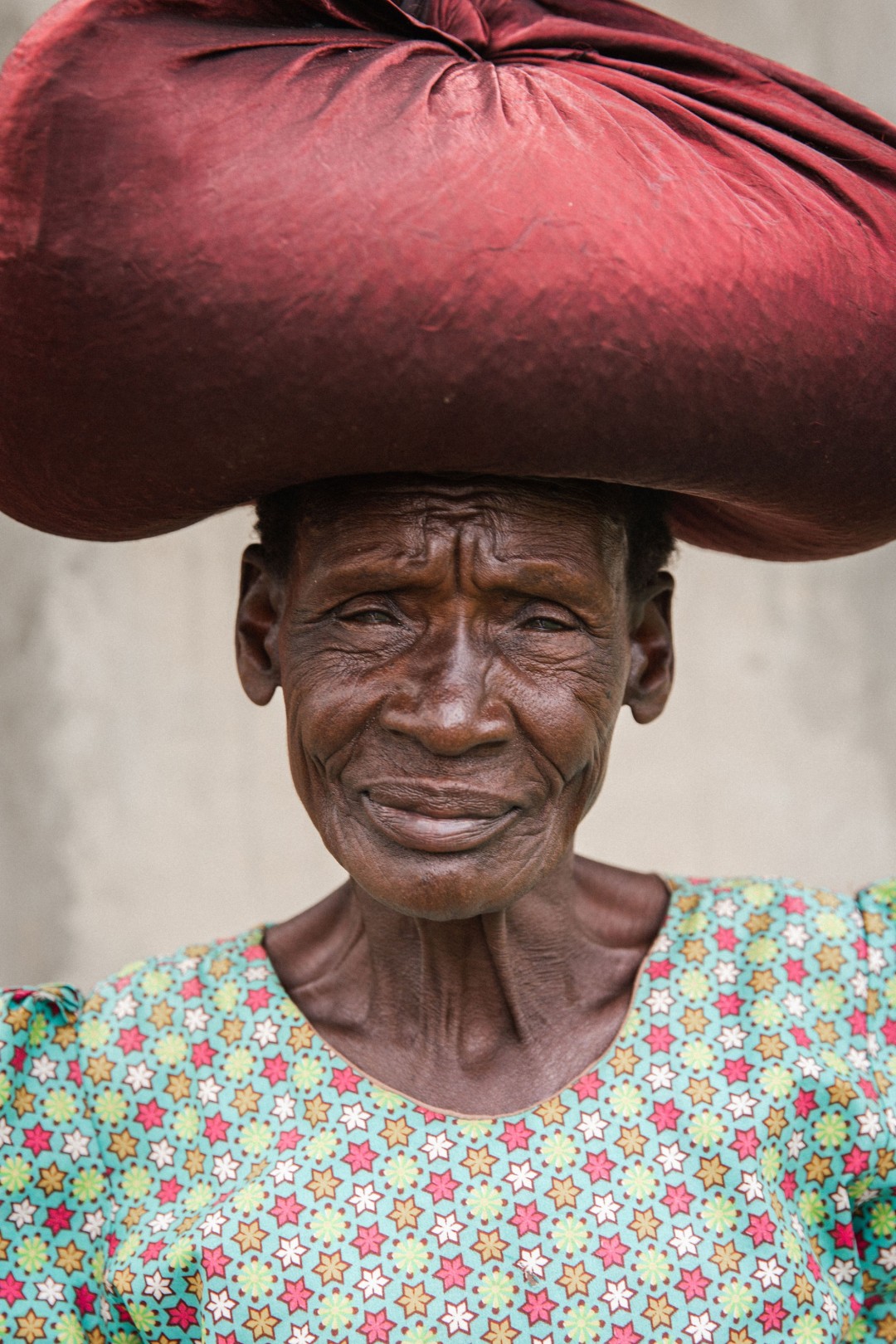Sustainable livelihoods and economic empowerment
The project led by the Love Mercy Foundation successfully empowered 2,700 women living in the Alebtong District, enabling them and their families to escape the cycle of poverty by generating sustainable incomes and food security through agriculture. Farmers increased their agricultural knowledge, skills and practices through focused training in organic pesticide, fertilizer and chemical free agriculture. Despite 4 consecutive seasons of drought, and 1 season of rain and hail that destroyed most of the crops, the women were able to increase in crop yields by 45% which lead to an increase in household incomes of 33% through selling crops, and ultimately household savings by 60%. The physical, social and emotional health of the women was an integral part of the project. There was a 14% increase in the number of women reporting a peaceful home, representative of reduced domestic violence; a 21 % increase in the number of households accessing healthcare and their children education.
Founded in 2010, Love Mercy Foundation is a registered Charity in Australia. Its mission is to partner with local communities, in Uganda, to find innovative solutions to reduce poverty and increase wellbeing following 20 years of civil war.
News
Type
Education / Environment / Community Development / HealthDuration
March 2021 - February 2023Location
Alebtong District / UgandaWith whom
Love Mercy Foundation
Website















Uganda
Population
42.9 million (2017)
Per Capita Income
USD 600/year (2017)
Poverty rate *
21% (2016)
Literacy rate
70% (2016)
Human Development Index
162nd out of 189 countries (2018)
Uganda’s economy has continued to post strong growth, by many developing country standards. It nevertheless remains a very poor country and far from the middle-income status it aspires to. Although the poverty rate has greatly declined from 39% in 2002 to 19% in 2012, the strong population growth has meant that the absolute number of poor people has remained the same. One in three children has no food to eat during the school day and 27% of children under five are stunted. Agriculture accounts for 25% of the country’s GDP and employs 77% of the adult population. However, the productivity of smallholder farmers remains low due to lack of access to services such as credit and insurance and reliance on traditional farming methods.
Sources: World Food Program, UNICEF, World Bank, 2016 Human Development Report, Human Development Indices and Indicators (2018 Statistical Update)
*The percentage of the population living below the national poverty line.